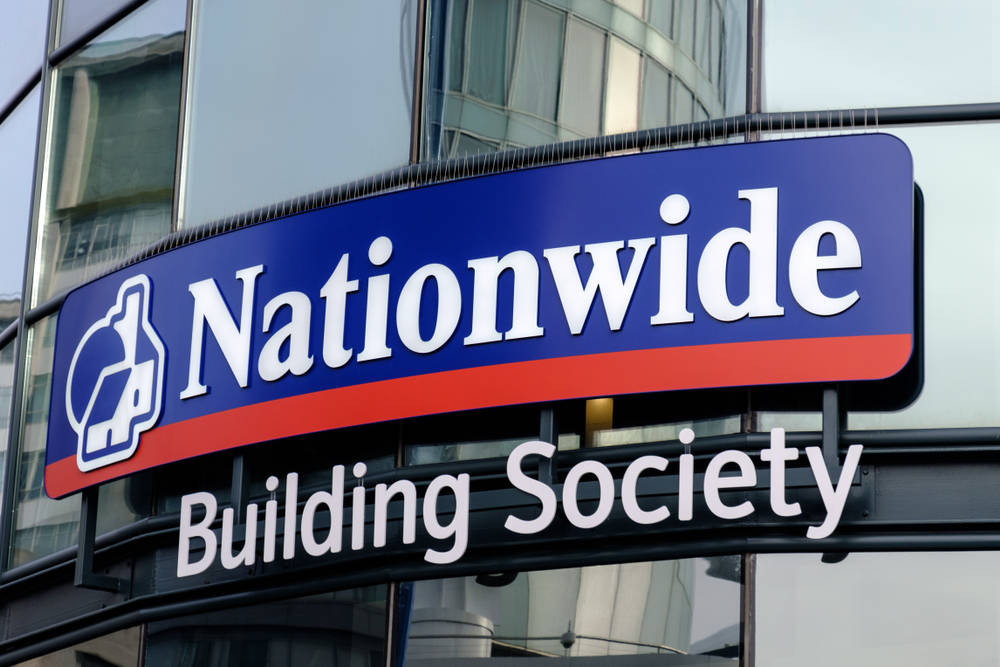
Analysis of the market illustrated how product choice slumped during the lockdown but has gradually begun to recover.
Indeed, on Monday (28 September) there were 1,863 different buy-to-let mortgages – a rise of 143 since August – but this was still 1,000 fewer than were being offered in the sector in March.
Meanwhile, the average two-year fixed rate buy-to-let mortgages across all loan-to-value (LTV) brackets were higher than at the start of the pandemic, increasing by 0.09% to 2.86%.
In the five-year fixed rate market this average rate has remained the same – 3.24% – although it dipped in July.
In the 60% LTV tier, rates have increased on two and five-year products by 2.52% and 2.91% respectively – this is 0.63% and 0.60% above where they were in March, said Moneyfacts.
When it came to the 80% LTV products, equivalent rates have increased by 0.42% and 0.30% respectively and are now at 3.98% and 4.28%.
This means, said Moneyfacts, landlords with various levels of equity might wish to consider mortgage options soon, before rates may increase further.
Eleanor Williams, finance expert at Moneyfacts said the research provided evidence of a resilient buy-to-let market which further supported reports of a housing market mini-boom.
High LTV availability
While the fact mortgage product numbers were on the rise offered good news for landlords keen to purchase or refinance, the rate increases provided ‘less cause for celebration’.
Williams believed the increased availability of high LTV deals was the likely cause of this rise. Moneyfacts’ data showed, since mid-August, 85% LTV deals had become available to buy-to-let borrowers once more.
The higher risk products traditionally carried higher initial rates, explained Williams, and the data revealed the average 85% LTV two-year fix was 5.39%, and the five-year equivalent was 5.59%.
Williams said: “Therefore, despite having an impact on the recent rate increases, this does also point towards further evidence of providers’ appetite to lend in this sector, and is good news for those hoping to invest or refinance with lower levels of equity or deposit.
“It is relevant to note though that the return of these deals is not solely responsible for the overall average rate increases; other LTV tiers have also seen further rate rises recently.”
The two and five-year fixed average rates at 80% LTV had risen by 0.42% and 0.30% respectively since March, the data showed.
Meanwhile the 60% LTV equivalents had experienced even steeper rises of 0.63% and 0.60% over the same period, with all four areas being higher than prior to the onset of the pandemic.
The advice to landlords was to compare the products available to them carefully.
Williams added: “While rates are rising, those landlords wanting to capitalise on the current level of demand and the possible savings available via stamp duty relief before this expires at the end of March, may decide to explore their options before rates potentially increase even further.
“However, those considering investing or refinancing may wish to carefully plan and ensure that they protect any investments. In these ever-changing times, the advice and support of an independent, qualified professional continues to be vital in ensuring the right choices can be made.”



